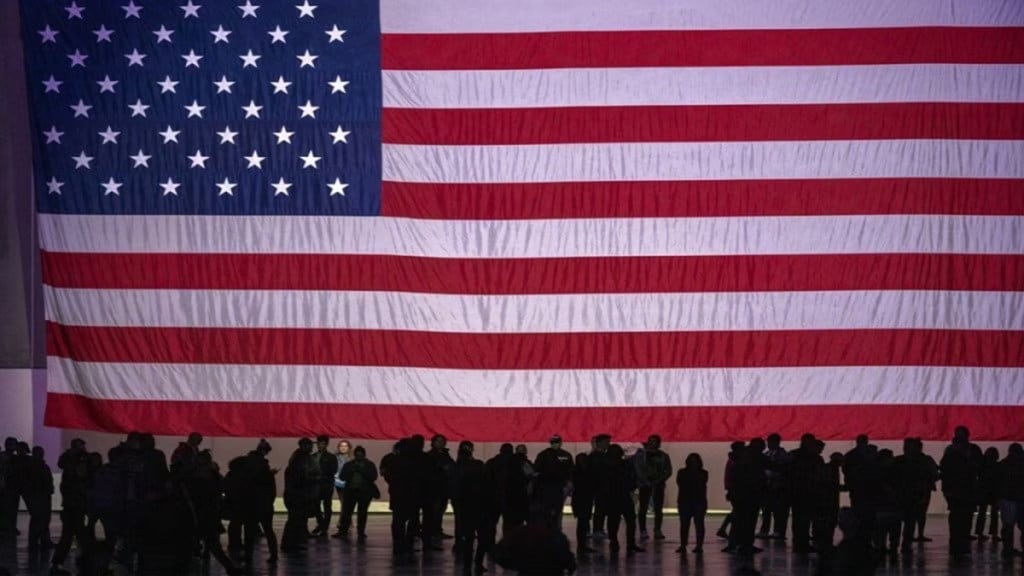Immigrant workers in the US are facing a nearly three-and-a-half-year wait to obtain a green card, a legal document that allows foreigners to live, stay and work in the US as a lawful permanent resident.
According to a report by The Cato Institute, 2025 Regular Processing Time at the end of Q2 was 1,256 days or 41.3 months or 3.44 years.
The employer-sponsored immigration system is experiencing significant processing backlogs, including workers waiting for cap spots.
The Department of Labor and the Department of Homeland Security have over doubled their processing backlogs since 2016, with over half a million pending cases at the end of FY 2025 Q2.
Green Card Backlogs
The wait for a green card, even after paying a $2,805 premium processing fee, could be reduced to 2.8 years.
In 2016, it took 705 days or 23 months or 1.9 years for obtaining a green card. Since 2016, the government has added over 18 months to the average green card process.
In 2016, it took 1,146 days or 38 months or 3.1 years for obtaining a green card and 2.6 years after paying the premium processing fee.
The CATO report suggests it is time for the US government to radically streamline its legal immigration system and eliminate unnecessary, burdensome procedures.
Foreign employees must apply for an H-1B or temporary work visa before petitioning for a green card, often facing processing delays. The government processing time is significantly longer when considering the time it takes to obtain a temporary work visa before an employer initiates the green card process.
Over 90% of employer-sponsored immigrants must be in the US to obtain employer sponsorship due to the lengthy labor certification process, resulting in a de facto requirement for employees to use an H-1B or temporary work visa before accessing a green card.
US Visa Bulletin Update
The US Visa bulletin for September states that there has been a steady increase in both USCIS and Department of State demand patterns for employment-based visas during the fiscal year.
As a result, the Visa Office expects to reach FY-2025 category limits in most employment-based preference categories during August and September. If at any time an annual limit were reached, it would be necessary to immediately make the preference category “unavailable”, and no further requests for numbers would be honored.
Indian Impact
The US government reports a surge in employment-based immigrant visa demand, particularly affecting Indian applicants due to strict per-country limits and high volume of applications.
Indian professionals may face delays in achieving their American dreams due to the unavailability of employment-based green card categories, such as EB-1, EB-2, EB-3, and EB-5, which could reach their fiscal year limits until the allocation resets from October 1.
Employer-sponsored green card
Employers typically initiate a six-part bureaucratic process for employer-sponsored immigrants, with employees participating in each stage.
Prefiling stage: The applicant and employer must provide proof of eligibility for a green card, including degrees, employer’s payment capability, and work experience letters detailing job duties and tenure.
Prevailing wage determination: The Department of Labor uses its Online Wage Library to determine the prevailing wage, after evaluating the job duties, skill requirements, and location of the job.
US Worker Recruitment: DOL regulations mandate US employers to recruit workers through a specific process involving newspaper advertisements and interview applicants whose resumes meet basic criteria, even if not all criteria are met.
Labor certification: Employers must obtain a labor certification from the DOL, confirming that no minimally qualified US worker responded to job advertisements and that the employer followed the required steps.
Employer petition: Employers must file a petition with DHS to qualify for sponsorship and confirm payment, allowing them to skip waiting and receive a response in 15 days, with a $2,805 fee.
Green card application: The green card application (Form I-485) allows employees to change status from a temporary work visa to legal permanent residence, requiring a background check, medical screening, and confirmation of the original job offer.

